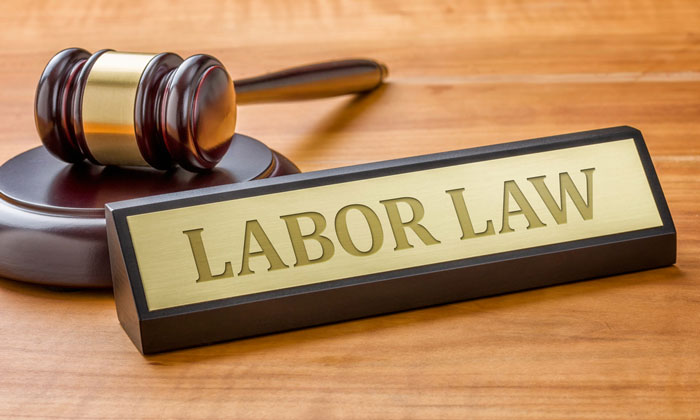The novel coronavirus that broke out in the winter has caused immeasurable suffering, both physical and economic.
For employers struggling to stay in business, this is a fraught time where mistakes in managing their workforces could lead to employee lawsuits. Here are 10 potential trouble spots to watch for.
Workplace safety – Businesses that still have employees working on-site run the risk that a single infected worker may send the virus ripping through the entire workforce.
While workers’ compensation laws may prevent employees from suing, their family members who become ill or suffer through a worker’s illness face no such constraints.
Sick time and paid leave – Congress enacted the Families First Coronavirus Response Act in March, guaranteeing full-time employees of small businesses 80 hours of sick leave (part-timers get a prorated amount.)
State and local laws may entitle workers to additional leave. Mistakes in administering these benefits could prompt lawsuits.
Workplace discrimination – Because the coronavirus originated in China, there have been reports of Asian-Americans being targets of racist actions. Employers must take care to avoid the appearance of making workplace decisions based even partly on employees’ race.
Americans with Disabilities Act – The ADA prohibits discrimination against disabled individuals and requires employers to make reasonable accommodations for these workers.
Employees who become ill from COVID-19 (the illness caused by the virus) may suffer after-effects that include trouble breathing, speaking and working at their former pace. Employers must accommodate these workers to the extent that is practical.
Wage and hour violations – Non-exempt employees working remotely may be working more than their regular hours, missing rest and meal breaks, and using their own equipment.
Employers must keep careful records, reimburse employees for their use of personal equipment where warranted, and remind employees to take mandatory breaks.
Battered retirement plans – Stock markets have cratered since the beginning of the year, taking retirement account balances down with them.
Questions may be asked about whether fund managers did enough to limit the damage. Employees who are not satisfied with the answers may go to court.
Health information privacy – Employee health information privacy is protected by law. Employers must secure the records of infected employees from unauthorized access by individuals within and outside the company.
Union contracts – Collective bargaining agreements may contain provisions that go beyond federal requirements for breaks, paid leave, layoff notices, and workplace safety.
Employers must keep their CBAs in mind and work with their unions to avoid contract violations.
Disparate impact from layoffs – If layoffs are necessary, employers must take a thoughtful approach when deciding which employees to part company with.
An appearance of singling out older workers or other protected classes under discrimination laws could invite lawsuits.
WARN Act – The Workers Adjustment and Retraining Notification Act requires some employers to provide at least 60 days’ notice before layoffs. Many businesses’ revenues fell off the cliff so quickly that they were unable to provide that much notice.
A final thought
The pandemic is a crisis that few businesses foresaw. The effects, including the litigation, may haunt them for a long time to come.





